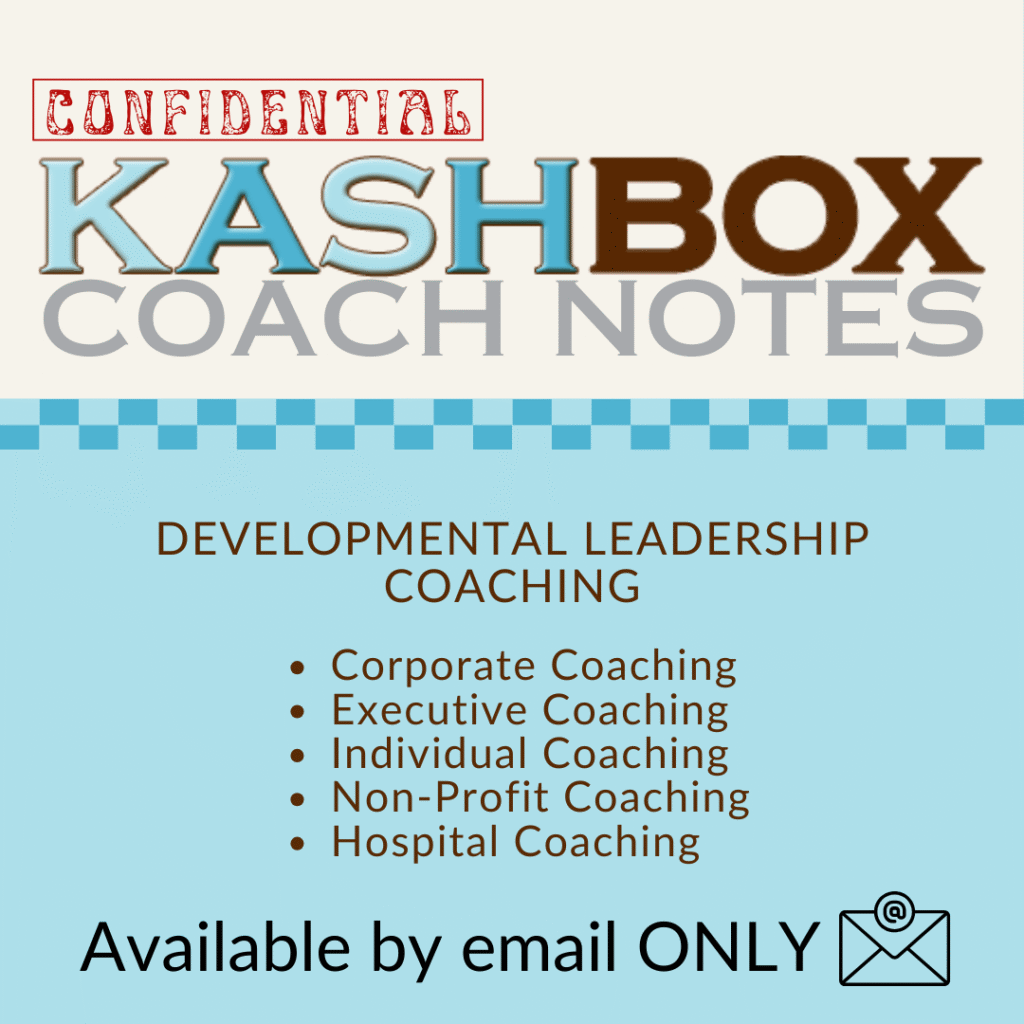As a business leader, how will your legacy measure up?
Your leadership legacy matters. It motivates people to think and behave differently today and in the future. A lasting legacy sets a course: it adds value, creates positive meaning, and empowers others to continue with or without you.
Thousands of entrepreneurs have taken early retirement over the last year, many without a clear succession plan. Some of the vacancies have been temporarily filled by former employees or next-generation relatives, while others remain open.
History reveals that it is not uncommon for crises to create or accelerate significant changes at the top. During the 2008-2009 financial crisis, more than 2,000 CEOs of publicly traded companies were replaced, according to Challenger, Gray & Christmas.
Legacies at Risk
Based on the succession planning research of Yo-Jud Cheng, Boris Groysberg, and Paul Healy, Harvard Business Review (May 2020):
▶ 63% of private companies do not have a CEO succession contingency plan in place
▶ 69% of companies with less than $50 million in annual revenues lack a plan
▶ The need for a succession plan is often more acute in small firms, especially start-ups
According to the researchers, 45% of all the U.S. companies they surveyed do not have a contingency plan for CEO succession, and 46% do not have an effective plan process for CEO succession. The industries most at risk include Health care (61% without a CEO succession contingency plan), Media (61%) IT and telecom (59%), and Consumer staples (53%).
Creating a lasting legacy is no easy feat. Those who succeed develop other executives: they understand what it takes for a successful leader to develop the capabilities to take a complex organization into the future, even in times of uncertainty.
The Makings of a Great Legacy
Your leadership legacy is how people remember you. It’s what they think and feel about you when you leave the room today and tomorrow. A great legacy is comprised of five elements:
▶ Vision: A leadership vision testifies to the leader’s core values and sets the tone for direction and company operations. Leaders who can address issues conceptually, think strategically and creatively, and translate complex concepts into reality create a legacy vision.
▶ Self-awareness: Self-aware leaders are sensitive to their blind spots and biases. Great leaders are curious and able to gain new skills and knowledge to address challenges.
▶ Relationships: Leaders who desire and can understand others, not just what they say but the meaning and feelings behind the words, enhance relationships, creativity, and collaboration. When we feel connected to others, especially in a work environment, we experience greater security, are more willing to share confidence, feel encouraged to take risks, and can support one another freely.
▶ Perseverance: Great leaders persevere to achieve positive results, using the right knowledge (wisdom) and attitude (emotional resilience, realistic optimism, commitment, and celebration of small wins).
▶ Leadership pipeline: Great leaders take responsibility for building their organization’s leadership pipeline. They hold themselves accountable for growing leaders and recognize and support their developmental needs.
To be sure, employees, managers, and leaders face pressure and challenges like never before. They must maintain a steady balance between big-picture, long-term thinking, daily demands, and problem-solving. Building a strong leadership pipeline is important but often falls into the non-urgent category.
Receive [CONFIDENTIAL] Coach Notes directly to your inbox.
Your e-mail address is used to send you our newsletter and information about Kashbox Coaching’s activities. You can always use the unsubscribe link included in the newsletter.
Succession Planning in Large Organizations
Line, department, or operating managers funnel a lasting leadership legacy in larger organizations. After all, they are in a prime position to identify potential, recognize developmental needs, and mentor emerging leaders. They encourage rising stars to take on new responsibilities, even if it means moving onto other lines, departments, or business units.
These front-line managers also support senior executives in defining and creating a diverse, equitable, and inclusive leadership development system for the entire company. They identify challenges, issues, and practical solutions and pass on important knowledge and information.
Succession Planning in Small Businesses
A lasting leadership legacy is one of the biggest challenges in small businesses.
According to a recent article in the Harvard Business Review (May 2020), “The Key to Successful Succession Planning for Family Businesses,” most family firms fail to remain a family business past the second generation. For those who do, gaining the support of non-family employees for the next generation of leadership is a key challenge. However, research indicates that family successors are often preferred as long as they support the existing culture and are well-equipped for leadership.
Preparation, transparency, and accountability are critical for success. When prospective employees understand any foreseen limits in their opportunities for advancement, they won’t feel blindsided when family members are appointed to leadership positions. Plus, next-generation family members who work alongside non-family members can benefit from their experience through training and mentoring. This also allows the next generation of family members to demonstrate their competence and accountability.
Develop Your Future Leaders
Great leaders are very mindful and intentional about leadership development. They understand that while financial results define where a company has been, leadership is a key indicator of its future.
Leadership quality at every level has a huge impact on everyday operations, and it determines every employee’s level of engagement. That’s why the best leaders invest in their own development. They:
▶ Practice self-awareness. Understand your impact and limits, and challenge yourself to grow.
▶ Balance here/now with there/future. Know what got you here. Be fully present.
▶ Put people first. Practice compassion and encourage and equip others to succeed.
▶ Listen more than they speak. Practice humility: seek to understand rather than to be understood.
Great leaders also invest in the development of future leaders.
They understand how managers grow. They know that training alone is not the key to development; it is job experiences coupled with coaching, feedback, and mentoring.

Ready to Find Your Perfect Kashbox Coach?
Every executive and business leader has unique strengths and faces specific challenges. That’s why we offer a diverse team of experienced coaches, each with specialized expertise in different areas of leadership coaching.
Click the button below to match with a Kashbox Coaching leadership coach who can best help you unlock your full potential.
Build a Legacy Model
Here is a simple five-step model you can adapt for your organization, regardless of size:
▶ Review your methods (and criteria) to identify leadership talent.
▶ Identify pathways to leadership: sequences of responsibilities that build capabilities and meet daily operational needs.
▶ Recognize each future leader in ways that highlight their strengths, personality, and contributions.
▶ Track and assess results, provide feedback and coaching, and, when necessary, adjust for changes.
▶ Provide future leaders with opportunities to build relationships. When applicable, introduce future leaders to board members.
Line/department/business unit managers should be integral to the process. Clear assignments, roles, and responsibilities are key to success. However, it’s not unusual for managers to feel uneasy with the emotional and personal involvement effective talent development requires. Being a good coach or mentor requires knowing and discussing people’s talents and potential in ways that may seem intrusive. A qualified coach can help.
Great leaders exist in every generation. It’s just a matter of finding and keeping them. Preparation is the key to filling the leadership pipeline and creating an endured legacy.

Creator of the KASHBOX: Knowledge, Attitude, Skills, Habits
Helping You Realize Your Potential
I help people discover their potential, expand and develop the skills and attitudes necessary to achieve a higher degree of personal and professional success and create a plan that enables them to balance the profit motives of their business with the personal motives of their lives.










